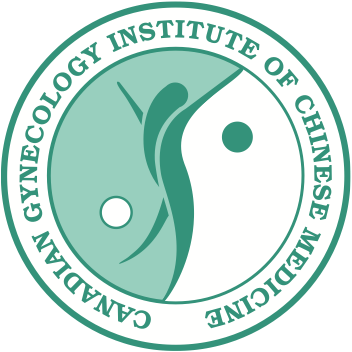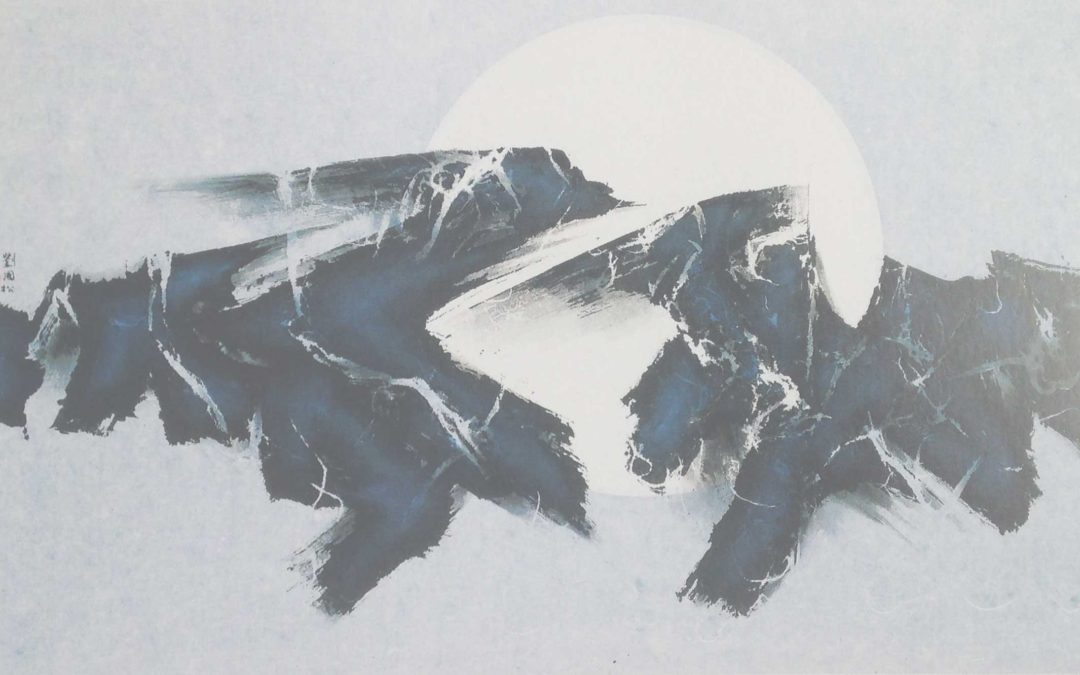Contents:
- Introduction : Chinese Herbs which are anti-HPV and boost immunity
- Dietary remedies for HPV infection, latent HPV infection and HPV infection without visible lesions
- Integrated approach to genital warts
- Integrated approach to pre-cancer and cancer of Cervix
Introduction
Human papillomavirus (HPV) are a group of small DNA viruses, of which there are 100+ types that can infect the epithelial cells of humans. More than 30 types are transmitted through sexual contact and cause genital warts (like HPV 6 and 11). Others are oncogenic types and are considered higher risk since they can lead to pre-cancerous conditions and cancer of the cervix, vulva, vagina, penis, oropharynx and anus (HPV 16, 18, 31, and 45).
Management of HPV varies with clinicians and practitioners and is mainly based on their understanding of HPV. Presently, the management of active HPV (warts), latent HPV, or HPV with genital neoplasia or premalignant lesions of cervix has not been adequately controlled with western medicine therapy. The development of an effective method of treating HPV is in demand. Through years of practice and research, Dr. Yuxiang Wang has found Chinese herbal medicine can increase the effective result of western medicine treatments and provide an overall benefit in womens health. There are many modalities awaiting us to better manage HPV that need to be explored. In this article, Dr. Wang provides some effective internal and topical herbs that are anti-HPV for active and latent phases, effective dietary suggestions to help deal with active and latent HPV and integrated management for Cervical Intraepithelial Neoplasia (CIN) 1, 2 and 3.
HPV infection is very common for women, and 79% of women catch at least one infection in their lifetime. 60%-70% of female cases are temporary and will resolve spontaneously within 2 years due to the hosts immune response to the virus. Accordingly, some clinicians prefer to do nothing except observe. Though during this watch-and-wait period, it impacts a young females sexual life and increases the risk of transmission to their partner. Are there any dietary remedies to help decrease viral load and provide the individual’s own immune system a better and faster chance of eliminating the virus?
Infection persists in 5%-10% of infected women, and in some cases, latent infections can remain in the body for over a decade. Western medicine claims that there currently is no therapy for non-visible infection. Are there any herbal treatments to help get rid of the burden of a latent HPV infection?
Many physically or chemically destructive clinical treatments for active HPV (warts and precancerous changes) are used, including colposcopy, cryosurgery, lasers, salicylic acid, cantharidin, and bi-and trichloro acetic acid, as well as the chemotherapeutic agents podophyllin, 5-fluorouracil, and bleomycin have been used for treating common warts or condylomata. The removal of the lesions with these therapies easily causes scarring at the lesion site. Not only is there scarring but studies done over a long enough period of time have shown that the long-term success rate of these therapies are very low and after the cessation of treatment there is a high level of recurrence of the visible genital warts. Are there Chinese herbal treatments to get rid of the warts permanently and without scarring?
All cervical intraepithelial dysplasias (CIN) are linked with cervical HPV infection. It has been well established that invasive carcinoma of cervix is preceded by a precursive lesion that morphologically resembles adjacent invasive squamous carcinomas. This lesion is termed “carcinoma in situ” (CIS) and is preceded by a spectrum of lesions that vary in degrees of abnormality with CIN1 showing small amounts of abnormality, CIN2 showing more amounts of abnormality and CIN3 showing the highest levels of abnormality. Factors that may determine the biologic behaviour of cervical dysplasia remain elusive though age greater than 35 years old, smoking, and co-infection with HIV or Chlamydia have all been proposed as promoters of the malignant progression from cervical dysplasia to cancer. Because the rates of CIN1 progressing to invasive cervical cancer is low (10%), and the risk of scarring with invasive treatments, treatment is typically not recommended forCIN1. Waiting to see if CIN1 develops into CIN2 or 3 is a journey full of suffering. Can Chinese herb medicine can treating CIN1 effectively?
Moderate and severe dysplasia (CIN2, andCIN3) are considered true pre-malignant lesions with a progression rate to invasive cancer of 30% to 50%. Ablative therapy is provided but even with this therapy, there is an inherent recurrence rate of up to 10%. Are there any Chinese herbal treatments that can reduce the recurrence rate?
Through researching anti-HPV herbs and studying the pathology of this infection in Chinese medicine, Dr. Wang proposes some protocols for treating active infections, latent infections, topical herb medicine treatment for warts, and herbal treatments for CIN1, CIN2 and CIN3 using an integrated treatment approach to HPV infection.
The high risk is not only a considerable burden to women because it can develop into cervical dysplasia, which can progress to invasive cervical cancer but it can also increase the risk for miscarriage and teratism during pregnancy or vaginal labour. An HPV positive mother can infect her child perinatally and the transmission of HPV types 6 and 11 can result in the development of juvenile-onset recurrent respiratory papillomatosis.
From the western medicine approach, the link between Human Papillomavirus and cervical cancer was a revolutionary find, and since the HrHPV test has become a standard routine test for women, the diagnosis of cervical dysplasia has become easy which has dramatically decreased the morbidity of cervical cancer. However, most management for cervical dysplasia in western medicine is merely conservative observation until the mild cervical intraepitheliael neoplasia stage 1 (CIN1) develops to medium or severe degree (CIN2 and CIN3), at which point invasive procedures like ablative therapy with laser, cryotherapy, electrocautery therapy or even hysterectomies are performed, resulting in many cases of infertility due to these procedures.
For vaginal or vulvar warts, the treatment is ablative, but the recurrence is so common, ablative therapy to treat warts actually becomes ineffective for some cases.
Above all, an integrated approach to Human Papillomavirus is new but will dramatically improve effectiveness in clinical practice for patients.
In answer to all the questions above, feel free to contact our clinic.
Let us know if you are interested in a workshop on HPV. We offer them from time to time when there is interest.
Dr. Yuxiang Wang, MSc. Gye, BSc, D.Ac., CMD
Caroline Prodoehl, D.TCMP

